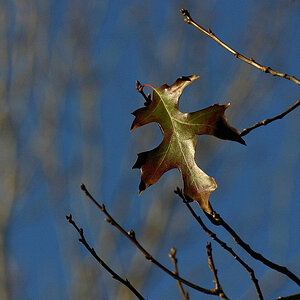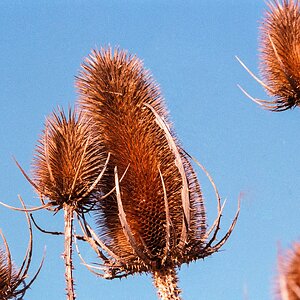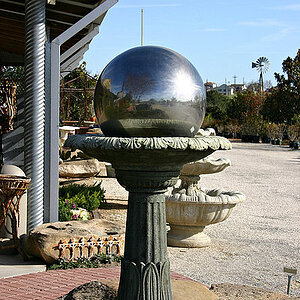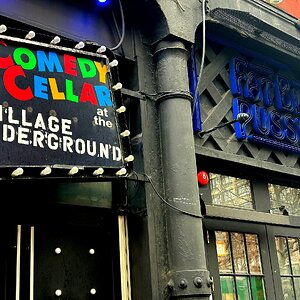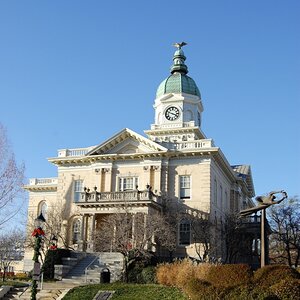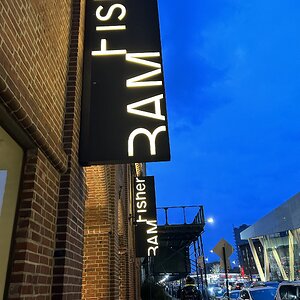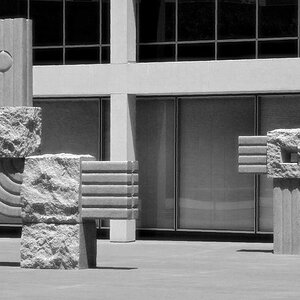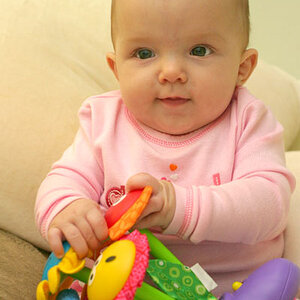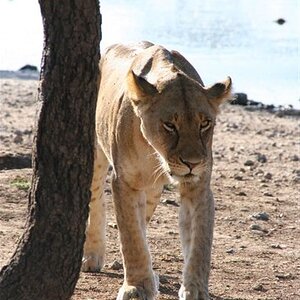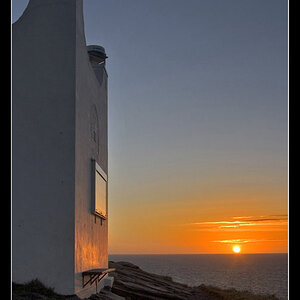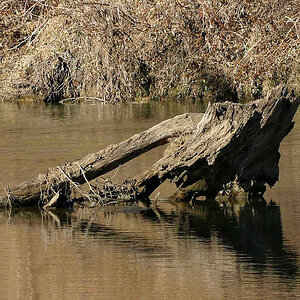olivermodern
TPF Noob!
- Joined
- May 26, 2013
- Messages
- 1
- Reaction score
- 0
I want to do a time lapse that goes from day to night only thing is everytime I try and do this my camera stops taking pictures once it starts to get dark. Does anybody know what the best settings for this type of time lapse is? I'd appreciate it big time.


